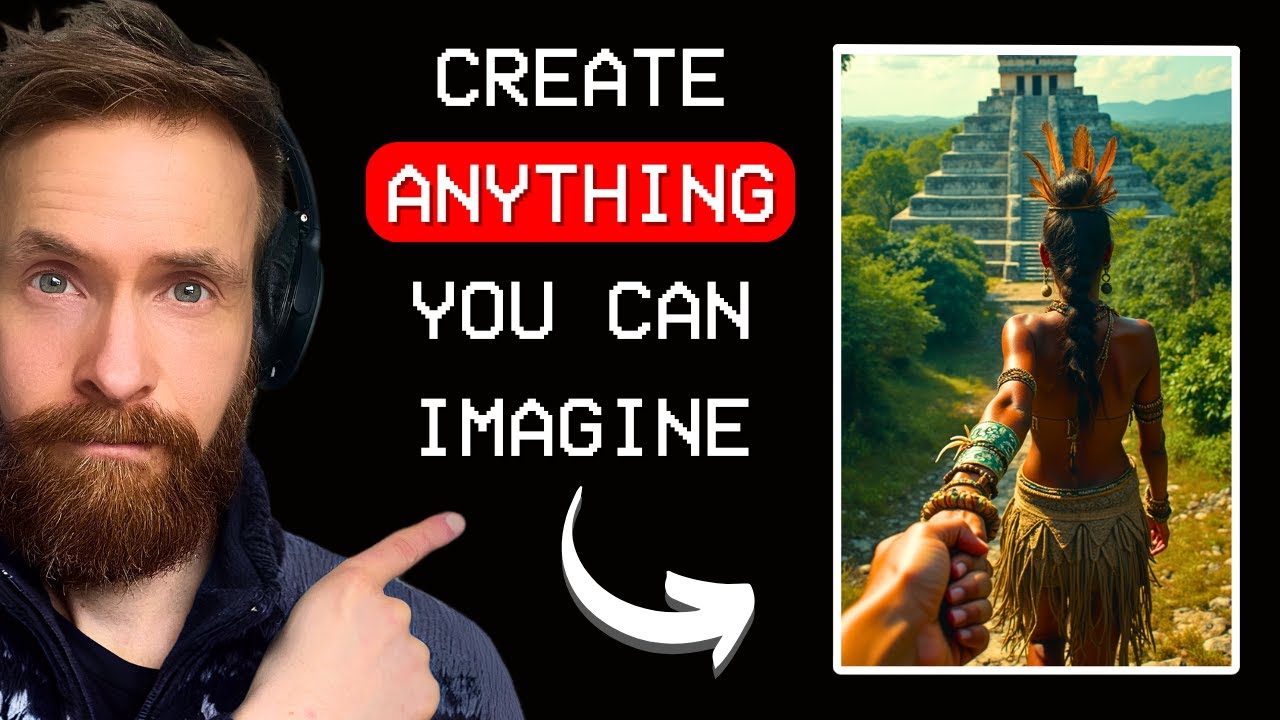The video demonstrates how to build a powerful AI video generation pipeline by using tools like GPT-4 for idea generation, Flux for image creation, Cling for video production, and OpenAI’s TTS for voiceover narration, all while maintaining a history of prompts to ensure variety. The creator showcases the integration of these components into a final video, encouraging viewers to experiment with the tools and access the code on GitHub.
In the video, the creator demonstrates how to build a powerful AI video generation pipeline using various AI tools. The pipeline consists of several steps: generating an idea using GPT-4, creating an image from that idea with Flux, producing a video with Cling, adding music, and incorporating voiceover narration using OpenAI’s text-to-speech (TTS) model. The entire process is automated, allowing users to generate visually appealing and engaging videos based on folklore themes.
The first step involves generating an idea related to folklore, where the creator uses GPT-4 to produce a unique prompt. To ensure variety in the generated ideas, the creator maintains a history of the last six generated IDs in a JSON file, which helps avoid repetition. The video showcases how to format the prompts effectively, providing examples that guide the AI in generating creative and diverse outputs.
Once the idea is generated, the next step is to create an image using the Flux model. The creator explains the importance of using the generated image as a reference for the subsequent video creation process. After successfully generating an image, the video production phase begins, where the creator uses Cling to generate a video based on the previously created image and the idea prompt. The video generation process is straightforward, and the creator shares the results, highlighting the unique aspects of the generated video.
In addition to the video, the creator emphasizes the importance of adding voice dialogue to enhance the storytelling aspect. Using the OpenAI TTS model, the creator generates engaging dialogue that complements the video content. The dialogue is crafted to fit the theme of the generated idea, and the creator demonstrates how to select appropriate voice characteristics based on the archetype of the idea.
Finally, the video concludes with the integration of all components—video, music, and voiceover—using ffmpeg commands to create a final output. The creator discusses the costs associated with using the various AI tools and showcases the final video results. The video serves as an informative guide for viewers interested in building their own AI pipelines, encouraging them to experiment with different tools and techniques to create unique and visually appealing content. The creator also invites viewers to access the code on GitHub by becoming a channel member, fostering a community of AI enthusiasts.
